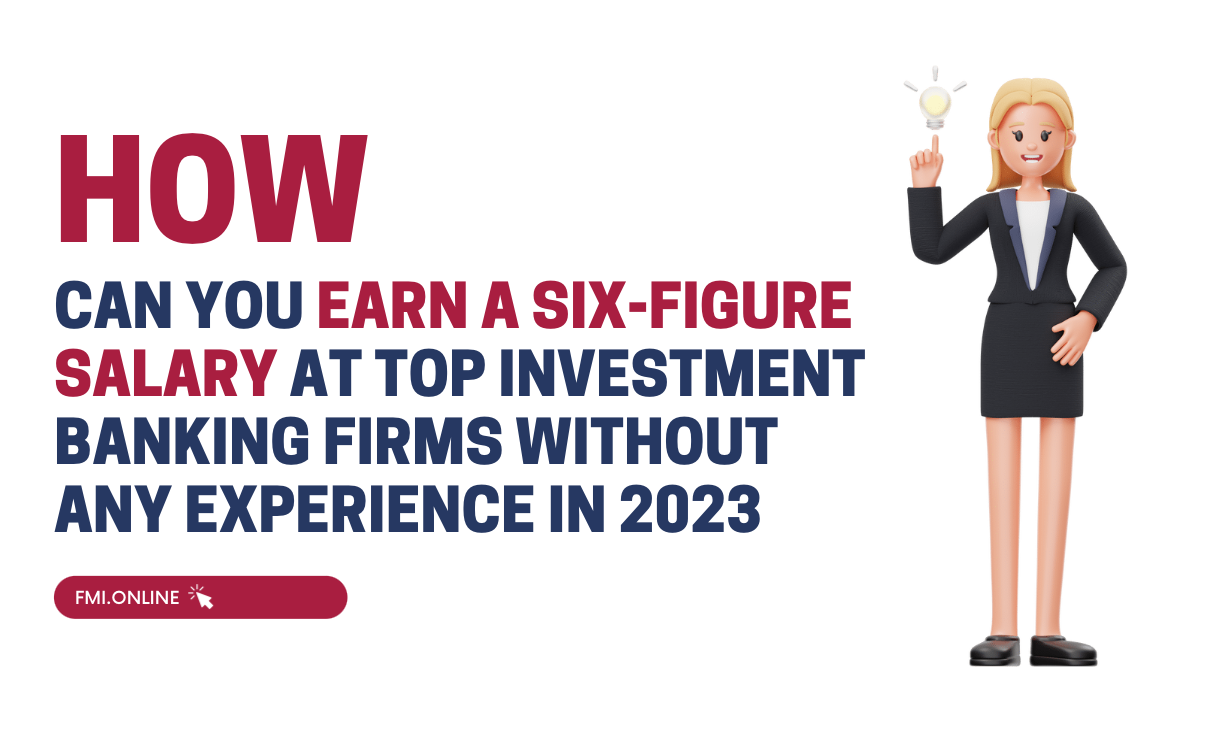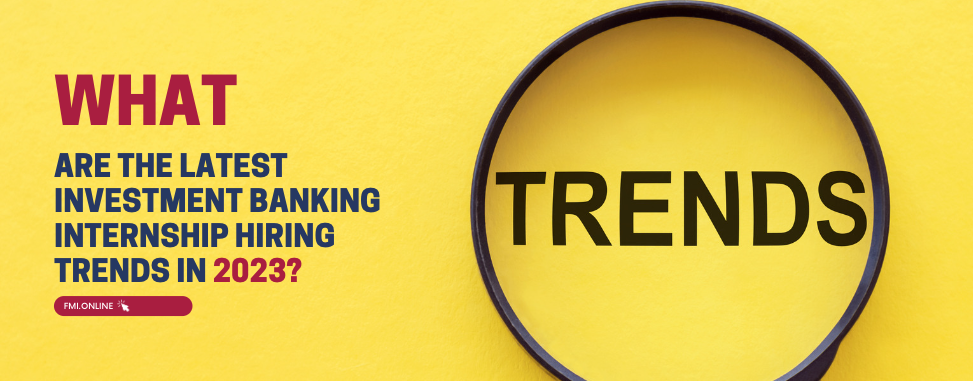Investment banking is a numbers game, hence, anything that helps organise and analyse data is a boon for this industry. Enter, data analytics! If integrated well into IB, data analytics can help streamline processes, reduce the time taken to complete tasks, increase efficiency, help generate useful reports and so on.
If you are an aspiring investment banker, you must look into data analytics because of its immense potential as well as the tools it might impart to you to differentiate yourself from the crowd. Let’s first look at the various uses of data analytics in Investment Banking:
1. Risk modelling
Since investment banking often involves working with external clients, risk modelling is key to the business. This activity can help assess how a particular portfolio comprising various financial products such as stocks, futures, bonds, options responds to risk. With the help of data analytics, this process can be optimised further allowing to customise portfolios that match your client’s appetite for risk. As an investment banker, this, you would be able to help your client better with mitigating risk, finding relevant products, and improving their financial performance.
2. Cut down on repetitive tasks
As an investment banker, whether you are working with a client on mergers and acquisitions, assessing their financial situation or managing their assets, you will need to scour through a ton of data to identify similarities and trends. This requires close attention to detail and plenty of time.
Data analytics, however, can significantly ease this process for you. By organising large amounts of data and evaluating it for the relevant patterns, it can help save you time and hence, increase your productivity. When you are able to delegate a few technical tasks to automated systems, you can focus on the more human-centric elements of your job that help you make a difference.
3. Provide financial forecasts
Once again, by thoroughly examining data, far more efficiently than humans, data analytics has the ability to provide financial forecasts and spot anomalies. This can include analysing a client’s financial performance and history, and hence, peg their future possibility of default, detect fraud, alert in case of low profitability, warn against potential financial pitfalls and so on. Data analytics can help monitor massive amounts of data for long periods of time, thus, offering insightful and accurate predictions.
How to learn analytics for investment banking
If data analytics is an altogether new world for you, you need not worry! This is a relatively recent field, and you’re not late if you start now. If you especially want to enter the investment banking or financial services field, knowing data analytics will not only make your job easier but also help you gain an edge in your profession. Here are a few options for how you can begin learning analytics for IB:
1. FMI Fixed Income Analytics course: While this particular course is limited to fixed income markets, it is a great way to get started on your journey to learn data analytics. The course incorporates a range of analytical tools such as Excel and Bloomberg to interpret relative value, market dynamics, and trading strategies. It is perfect for anyone looking to forge a career in the fixed income markets with global investment banks, global markets desks, asset management, or insurance.
2. Applying Data Analytics in Finance by Coursera: As per this course’s description, you will be able to learn why, when, and how to apply financial analytics in real-world situations. You will also discover techniques to analyse time series data and how to conduct risk modelling for a portfolio. In addition, the course involves a short introduction to algorithmic trading.
Conclusion
Data analytics is a game changer for the investment banking industry. While it has already given the industry a facelift, its potential to shape its future is huge and something to capitalise on. Hence, as a new entrant in this field, you can learn data analytics for a variety of reasons including risk management, enhancing productivity, and receiving accurate financial predictions. Happy learning!












 60+ hours
60+ hours 9 courses
9 courses



